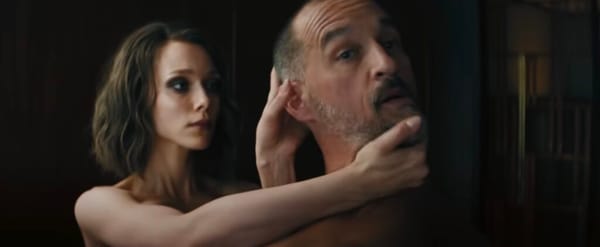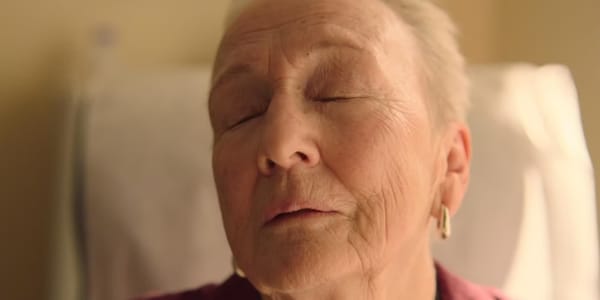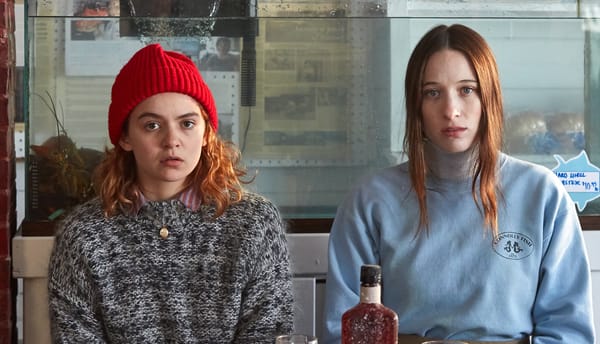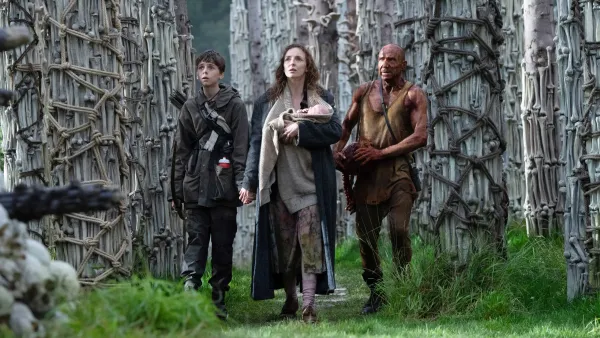Sundance Festival Report, Pt 1
The best of the digital fest so far

Can you call it a film festival if you never leave home? I’m sitting here in my basement screening room and I’m also in Park City, Utah; it’s the 20th consecutive Sundance Film Festival I’ve attended, and the second I’ve been to without actually being there. Last year’s event was held entirely online; this year was intended to be a hybrid physical/digital festival until the Omicron variant shut down the real-world half two weeks ago. Audiences have gone to ground once more, queueing up selections from the 80-plus feature lineup via the Sundance streaming platform. (There reportedly have been glitches if you watch the films on a laptop, but I’ve experienced no problems using the dedicated festival Roku channel on my TV.)
Screenings began last Thursday and run through January 30; tickets for individual films can still be purchased at festival.sundance.org. In that respect, Virtual Sundance stands as an improvement, allowing moviegoers who lack the leisure time or the leisure funds to drop everything and go to Utah for ten days a chance to see some very good independent films, including many they may never have a chance to see otherwise. The festival is also hosting physical screenings at seven participating arthouse cinemas around the country, including in Seattle, San Diego, Baltimore, and Amherst, MA; it’s all part of an attempt to reach what festival director Tabitha Jackson called “a more democratic and authentic representation of audiences” when I interviewed her for the Washington Post last week. Don’t expect Sundance to return solely to a brick-and-mortar affair even when the pandemic has safely passed.
That’s good for you and a mixed bag for someone like me, whose traditional job has been to inhale as much Sundance as possible in ten days, knowing that some of the movies I see there will be the ones we’ll all be talking about later in the year and, often, at the end of the year. There are aspects of the physical Sundance I don’t miss: Sleep deprivation, gluey sandwich wraps, blizzards, criminal levels of Lyft surge-pricing, watching a darkened theater light up with cellphone screens the second a movie’s end credits roll as everyone races to post their first impressions on social media.
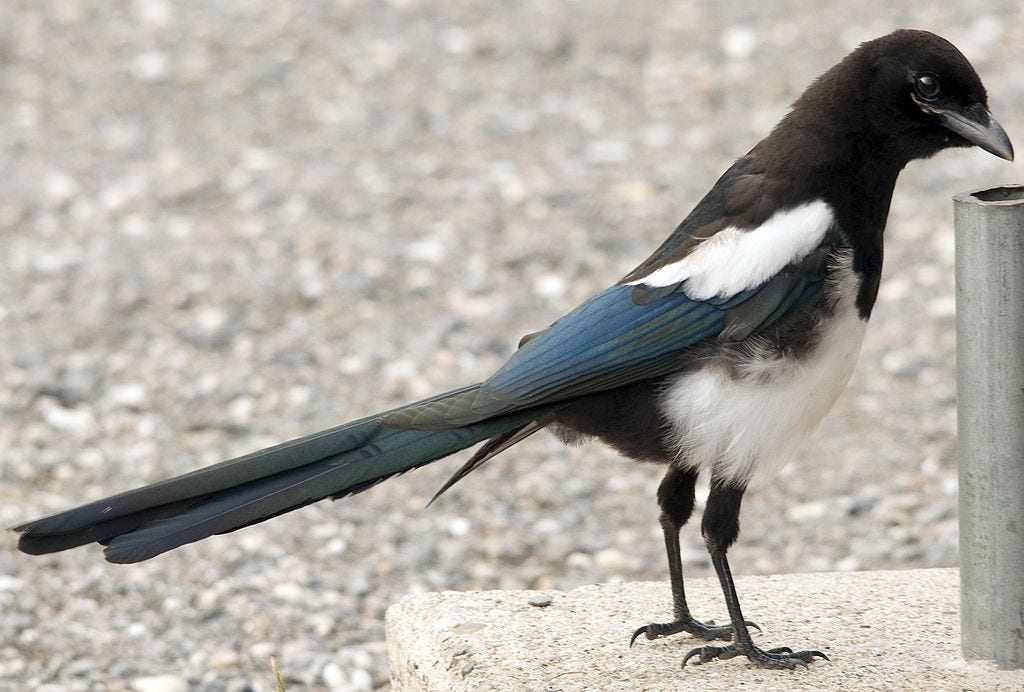
But there are also the things about being present and accounted for that are irreplaceable. The magpies, for one. Riding the shuttle buses and getting into excited movie conversations with strangers. Sitting in the window of a Main Street café and watching Jesse Eisenberg walk past, followed 30 seconds later by a man in a bear suit. And – the best – sharing the experience of a movie that comes out of nowhere to blow your doors off with several hundred people who are suddenly your friends. Having a collective jaw-drop at the climax of “Beasts of the Southern Wild,” say, or watching a packed theater explode with cheers when “Whiplash” cuts to black – these are things you can’t get at home.
Yet here I am. I covered Sundance for the Boston Globe from 2002 to 2021, filing festival reports and blogging from motel rooms into the wee hours. I was writing then for deep-dyed movie lovers who welcome a challenge or a gonzo entertainment, and I still am — I just have a clearer idea who you are now. Sundance has given us so much in its four decades, from “sex, lies, and videotape” to last year’s “CODA.” The festival almost single-handedly created the template for an independent cinema that, to my mind, stands as the true pulse beat of cinema now that the studios have given themselves over to the commercial certainties of franchise moviemaking. So I’ll still be going, hopefully next year in person, and relaying what I see so you can keep an eye out for it in the months ahead. I’ve already caught what may be one of my favorite movies of 2022, and I can’t wait for you to see it too.
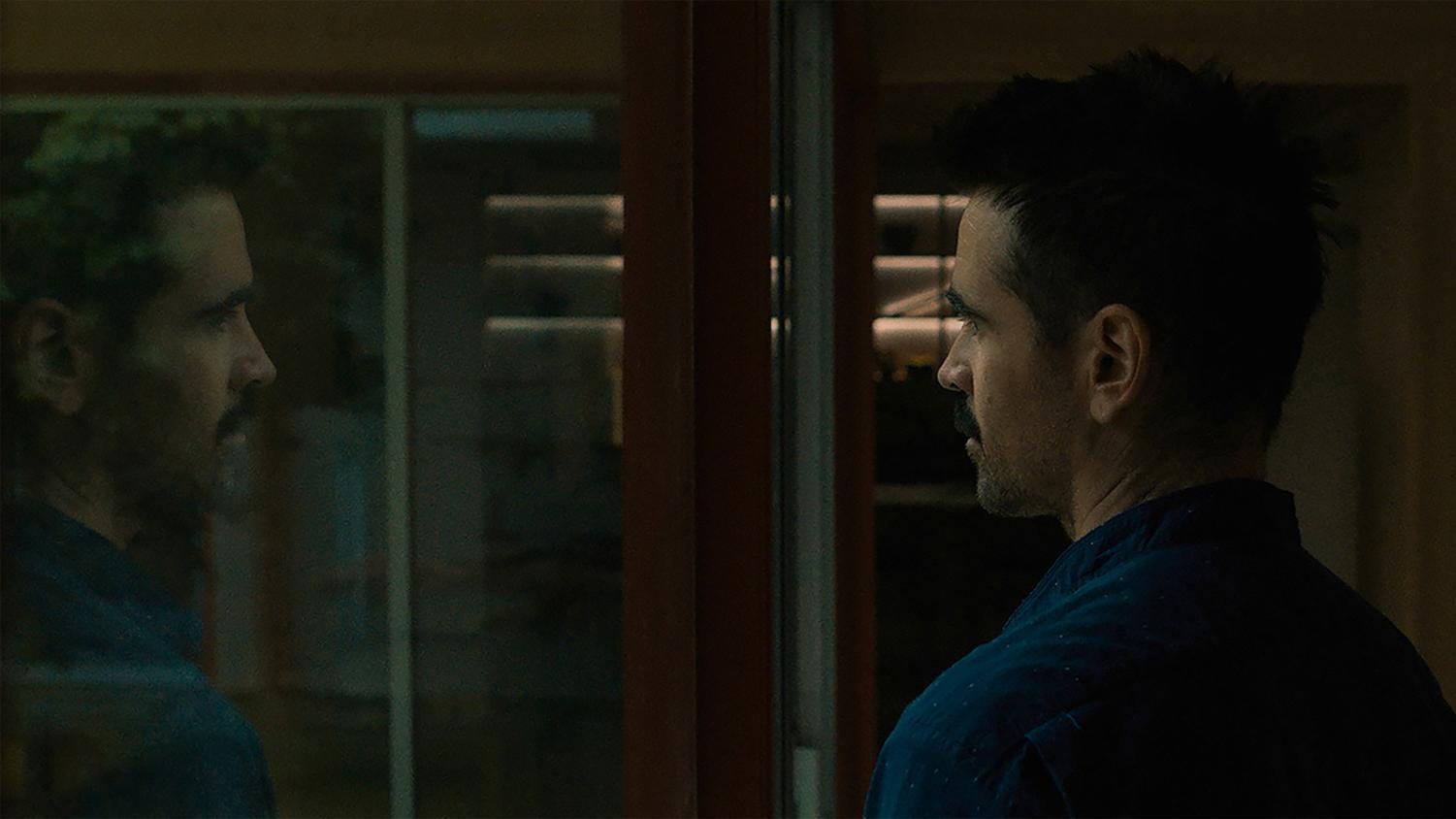
That movie is “After Yang,” and the premise sounds dicey: A family of the near future mourns when its android passes on. But a great director – and on the basis of 2017’s “Columbus” and this, Kogonada qualifies – can create a world in a handful of opening scenes, and the world of “After Yang” is a warm, inviting place that hides existential questions and evanescent moods. The android, Yang (Justin H. Min), has been bought as an older sibling to Mika (Malea Emma Tjandrawidjaja), the adopted Chinese daughter of Jake (Colin Farrell, above) and Kyra (Jodie Turner-Smith, the discovery of 2019’s “Queen & Slim”); Yang’s been with the family since Mika’s infancy and one day he simply stops working. As Jake struggles to find a repair shop that will service what turns out to be a most unusual model, “After Yang” probes issues of memory, consciousness, grieving, and more with a gentleness and subtle visual imagination that is captivating. The film’s production design is a highlight (not surprising for a filmmaker who set a romantic drama amid the modernist architecture of Columbus, Indiana), with all sorts of sublime details in the corners of this day after the day after tomorrow. (We’ll have plants in our self-driving cars, for one thing, and FaceTime technology will have evolved to make every conversation look like an Ozu movie.) Farrell, in a quietly watchful performance, uncorks a terrific Werner Herzog impression at one point, quoting dialogue from “an old 20th century film” his character once saw. (It’s “All in This Tea,” by Les Blank, and it’s from 2007, actually.) The film’s most haunting images are eventually revealed on the android’s memory chip: Hushed shots of Yang gazing in the mirror, pondering the mystery of being and wondering if that makes him human. By the end of this beautiful movie, you’ll be wondering too. “After Yang” doesn’t have a US distributor yet, but I can’t imagine that will last much longer. “After Yang” is being distributed by A24 and will be released theatrically later this year.
Five more favorites out of the 14 Sundance ‘22 films I’ve seen so far:
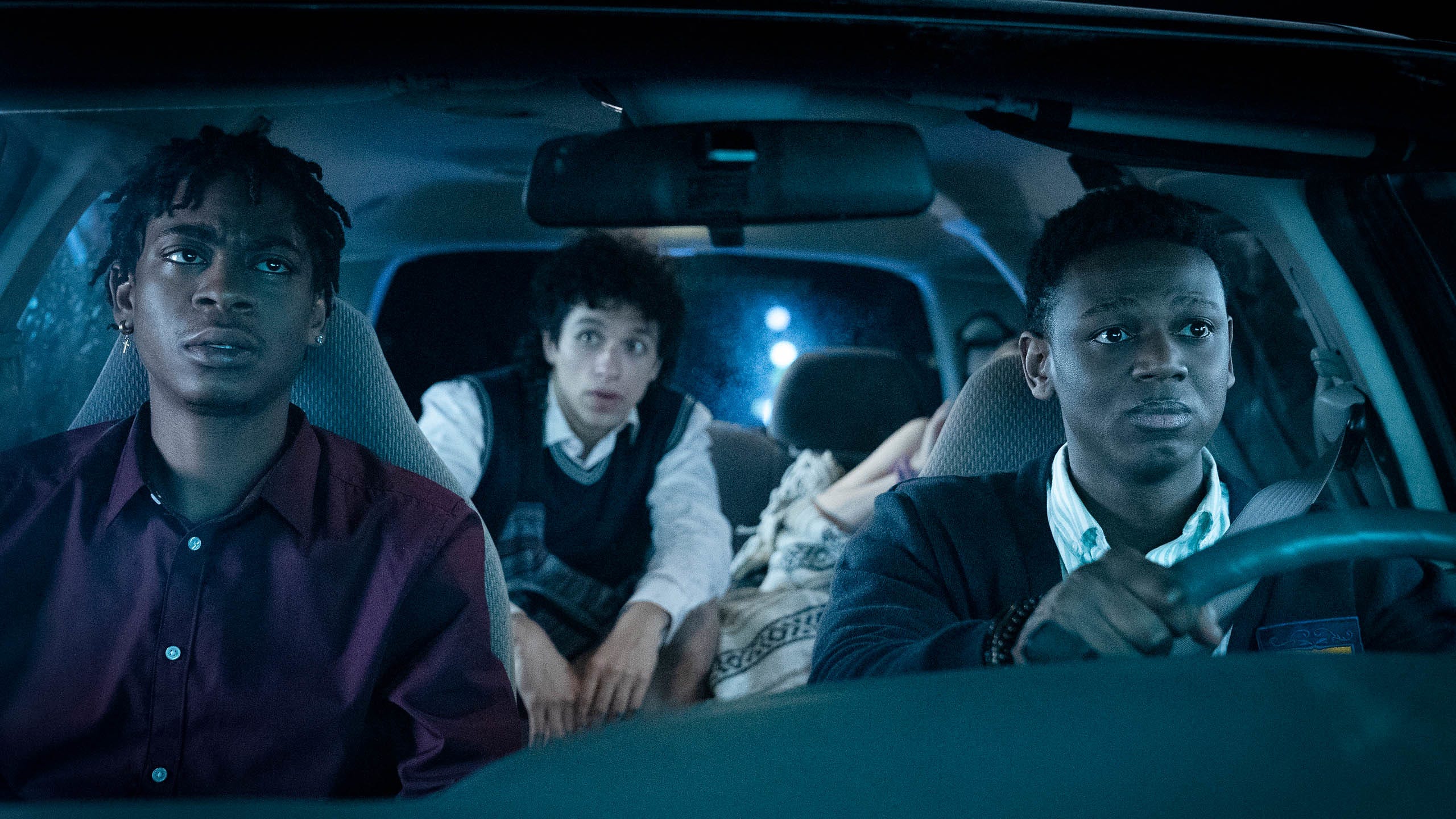
“Emergency” – Two Black college students (Donald Elise Watkins, above right, and RJ Cyler, above left) find a passed-out-drunk white girl on their living room floor. Who is she? No idea. How’d she get there? No idea. Should they call the cops? Are you crazy? So begins a long night’s odyssey through a land of “Black Lives Matters” lawn signs and justifiable paranoia, a comedy-drama that wrings you out with suspense and leaves you mourning the country we live in. Expanded from a short, and it shows here and there, but this confirms director Carey Williams (“R#J”) as a talent to watch. Amazon has distribution rights; look for it in theaters May 20 and on Amazon Prime May 27.
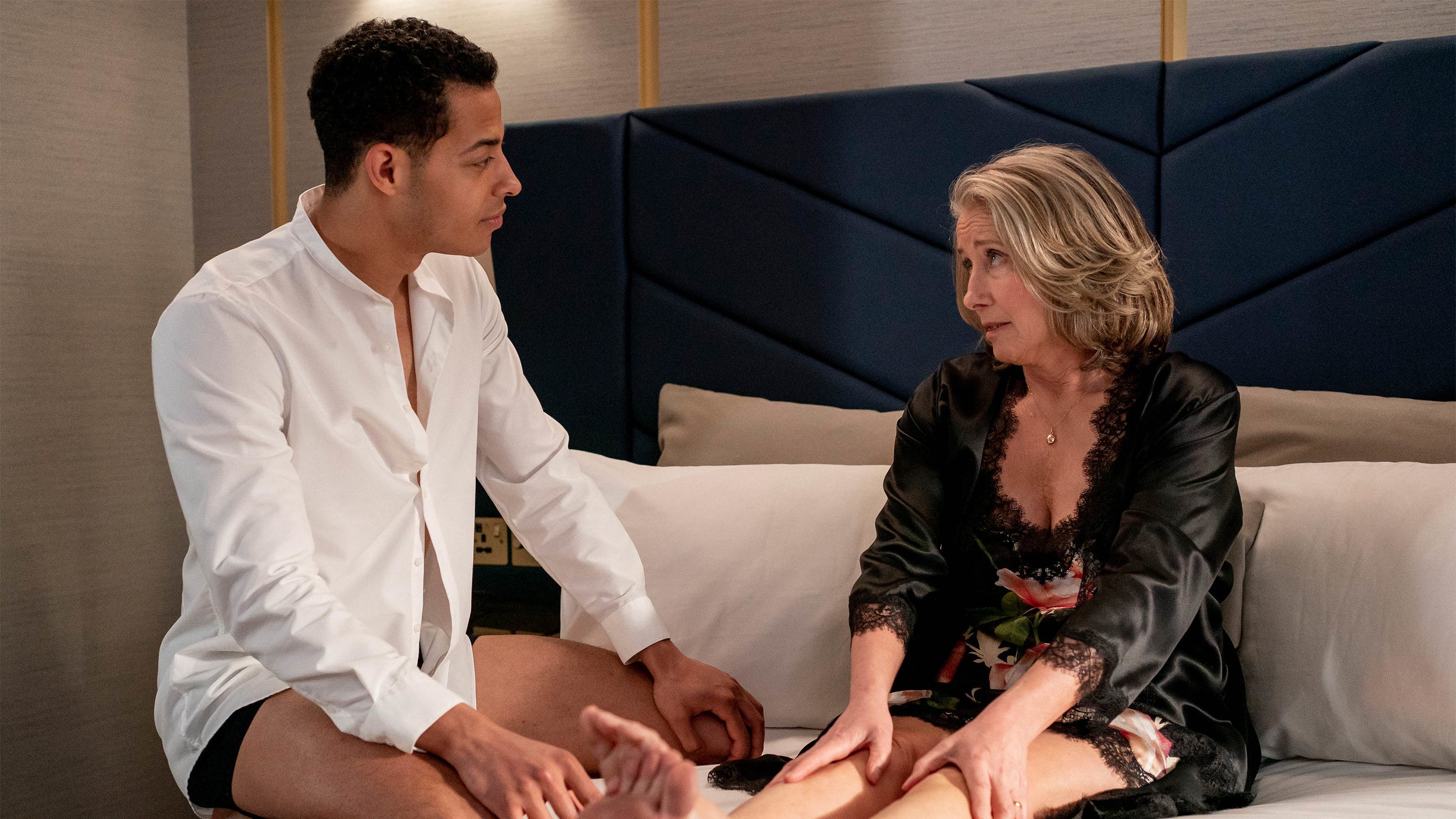
“Good Luck to You, Leo Grande” – I can’t think of another actress who’d have the nerve to do what Emma Thompson does here: Play a repressed London widow in her 50s who hires a sex worker (a delightful Daryl McCormack, above with Thompson) to give her the first genuine physical pleasure she’s ever experienced. Things do not proceed smoothly, which becomes the source of the movie’s comedy, drama, and unexpected tenderness. Written by actress-comedian Katy Brand and directed by Sophie Hyde, it’s a two-hander (you should pardon the expression) that sticks for the most part to a hotel bedroom yet never feels like a play. Thompson, who has always been more adventurous than her superficial Merchant/Ivory public persona might suggest (I hereby direct you to 1989’s “The Tall Guy”), gives her character grace, guts, mind, and body, and while some will call the performance brave, in a better world we wouldn’t. Seeking US distribution.
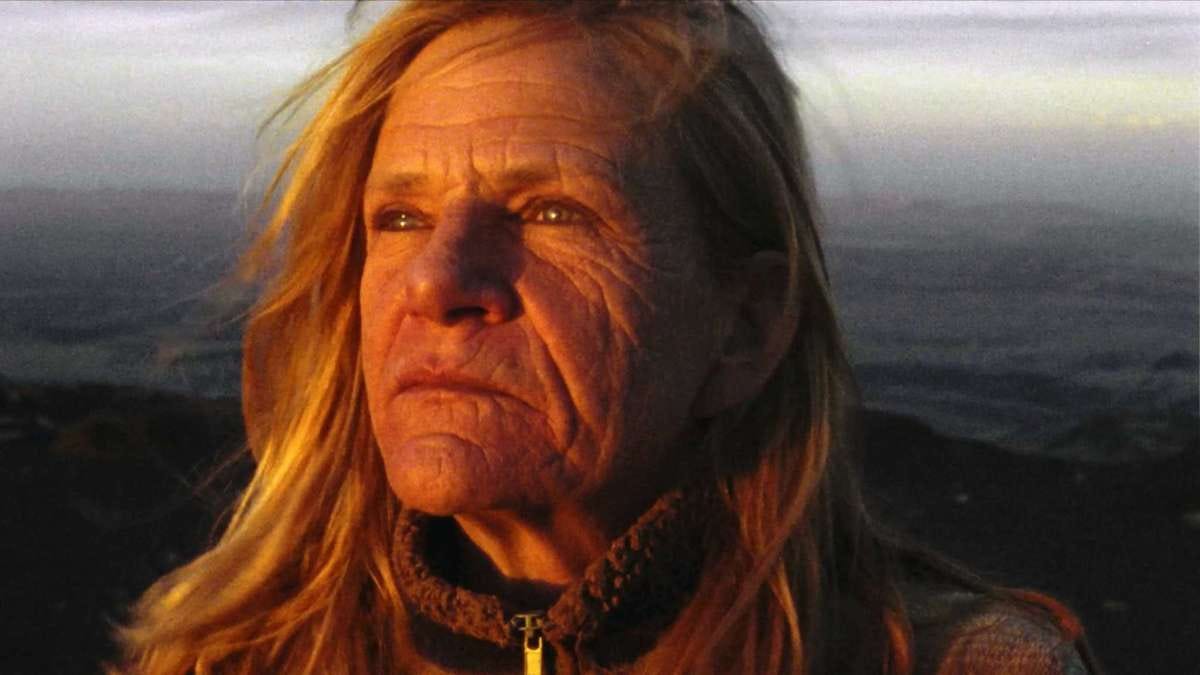
“A Love Song” – Another two-character drama, spare as a desert landscape but quietly moving, and it gives a big close-up lead role to Dale Dickey, above, a wonderfully weathered actress usually consigned to playing biker babes or diner waitresses. The film pairs her with Wes Studi (“The Last of the Mohicans”) as two lonely childhood sweethearts reconnecting at a campsite in the backcountry of southwestern Colorado. The first feature written and directed by Max Walker-Silverman, it alternates an appreciation for the slow revolving of the world and people’s hearts with a sly streak of absurdism. Seeking US distribution.
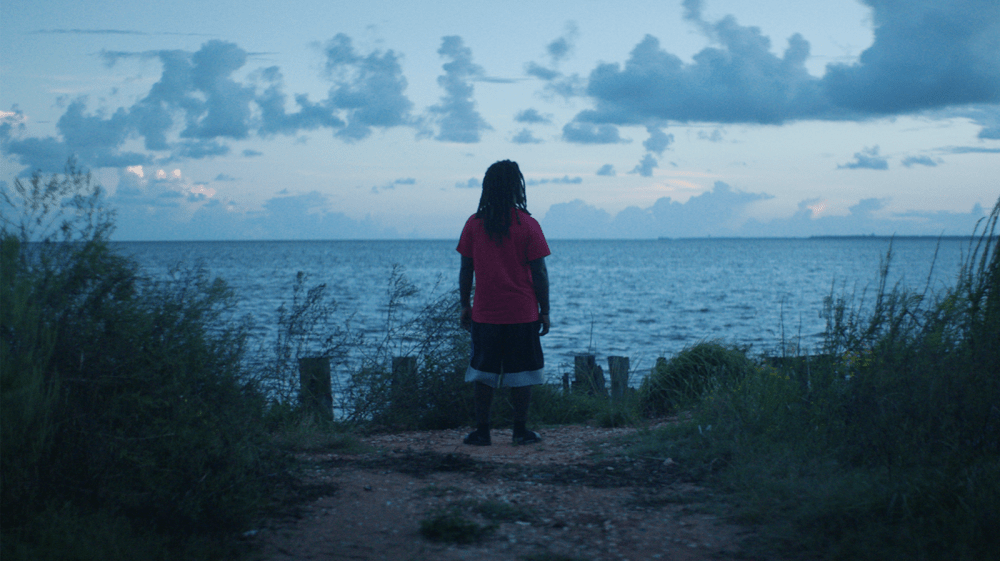
“Descendant” – As is common at Sundance, the documentaries are as gripping as the fictional films, if not more so. Filmmaker Margaret Brown brings us to Plateau, Alabama, known as Africatown to its inhabitants, whose ancestors arrived from Dahomey on the last slave ship to come to America, in 1860, fifty years after the slave trade had been banned by Congress. That ship, the Clotilda, was burned by its owners after the voyage, but its remains were located in 2018, and Brown’s cameras capture a hard-pressed community determined to honor their history and control its telling. A film both maddening – the descendants of the Clotilda’s owner still own much of the area’s land (which they’ve sold to heavy industry) but refused to be interviewed – and awe-inspiring. Zora Neale Hurston’s “Barracoon,” posthumously published in 2018, told the story of Cudjo Lewis, who came on the Clotilda and lived to 1935, and “Descendant” includes remarkable film footage of Lewis shot by Hurston in 1928 – history and the shame it carries transformed into a survivor’s tale. Seeking US distribution.
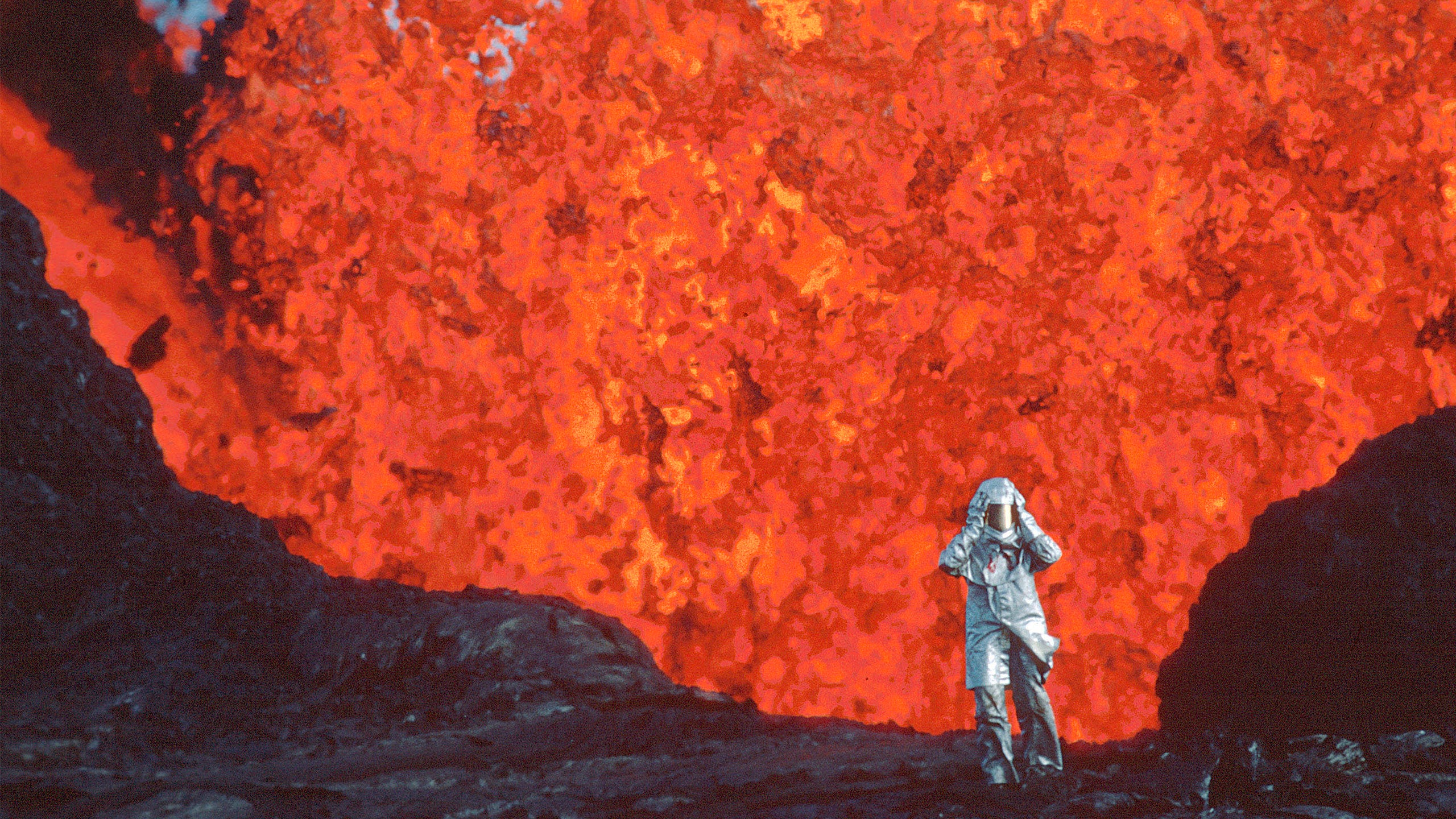
“Fire of Love” – Katia and Maurice Krafft loved volcanos almost as much as they loved each other; the French couple researched, explored, and documented global eruptions from their meeting in the 1970s to their deaths, side by side, in a 1991 pyroclastic flow in Japan. Filmmaker Sara Dosa has miles of often astonishing archival material at her disposal and tells the story of the Kraffts with fondness and a poetic streak that sometimes gets in the way. (Miranda July’s narration adds to the tone of forced whimsy.) Comparisons to “Grizzly Man” don’t hold water – the Kraffts were serious scientists who had to become media performers to raise money for their expeditions. They still got closer to the molten heart of the matter than sensible people do, and the couple’s footage of pulsing lava rivers and burning rock have a beauty that becomes mesmerizingly abstract. Picked up during the festival for distribution by National Geographic.
More reviews to come.
If you enjoyed this edition of Ty Burr’s Watch List, please feel free to share it with friends.
If you’re not a paying subscriber and would like to sign up for additional postings and to join the discussions, here’s how:
If you’re already a paying subscriber, I thank you for your generous support.


